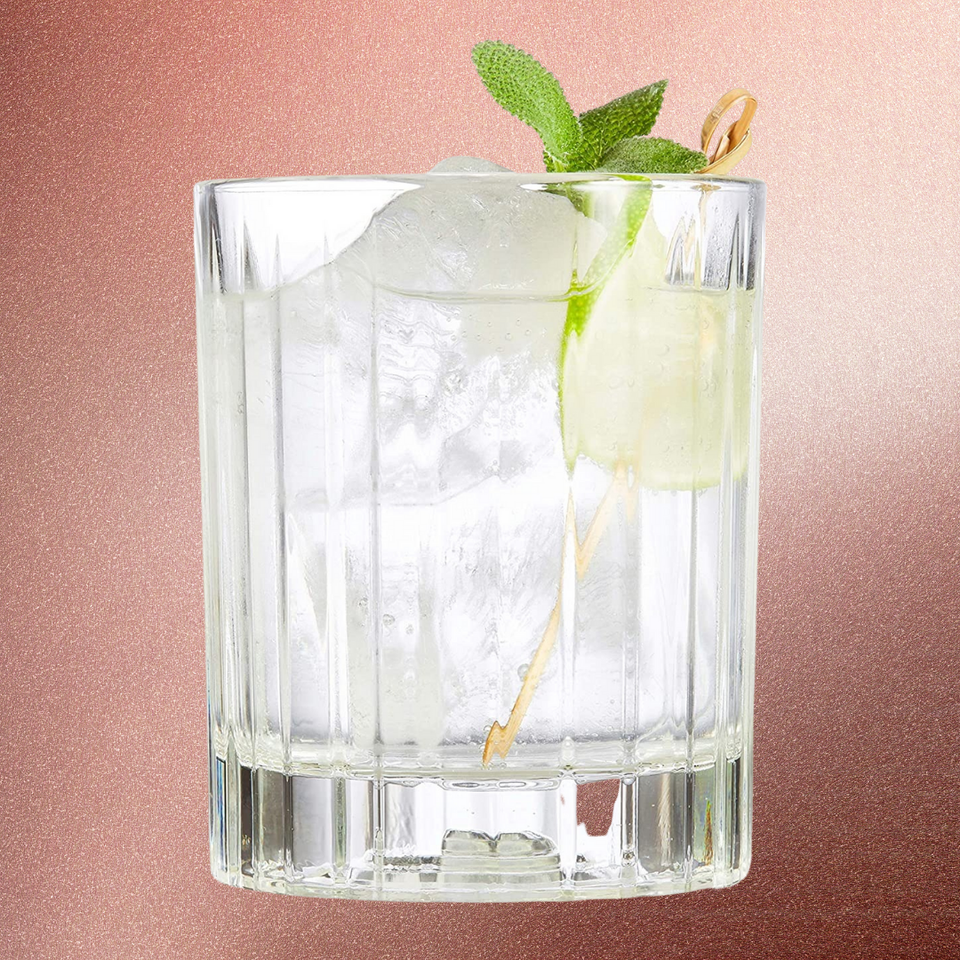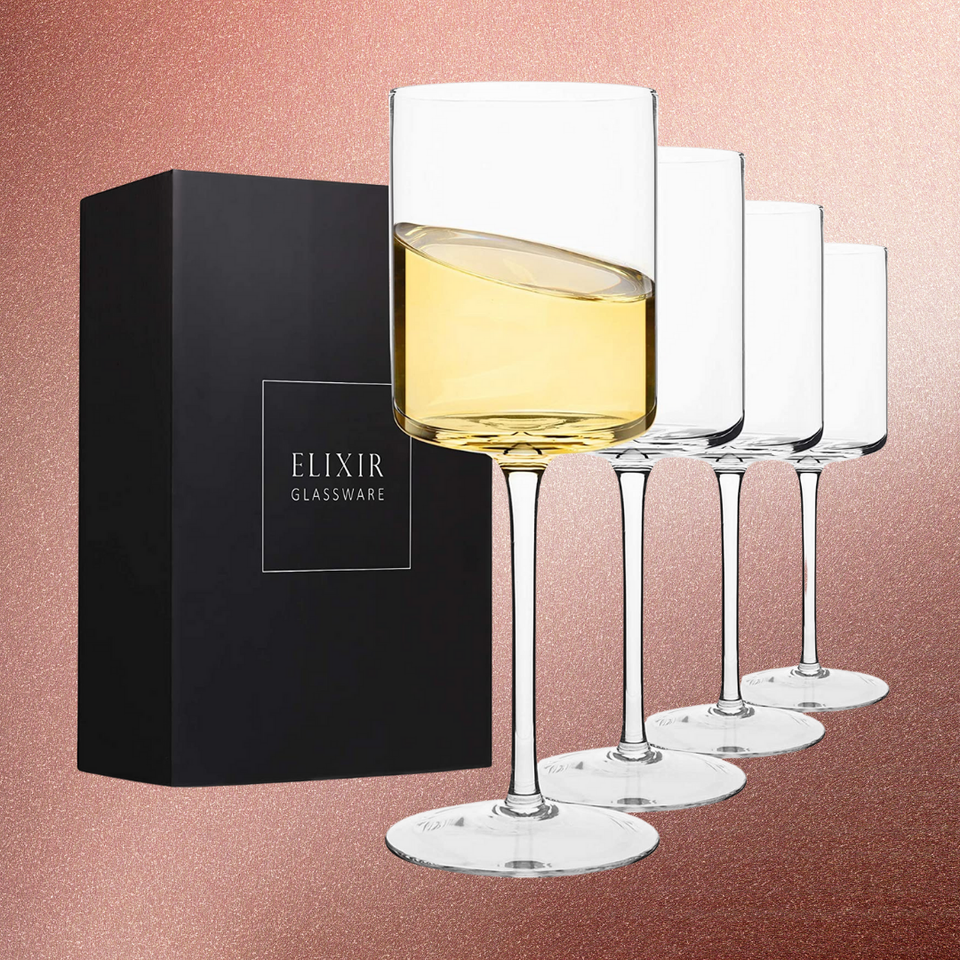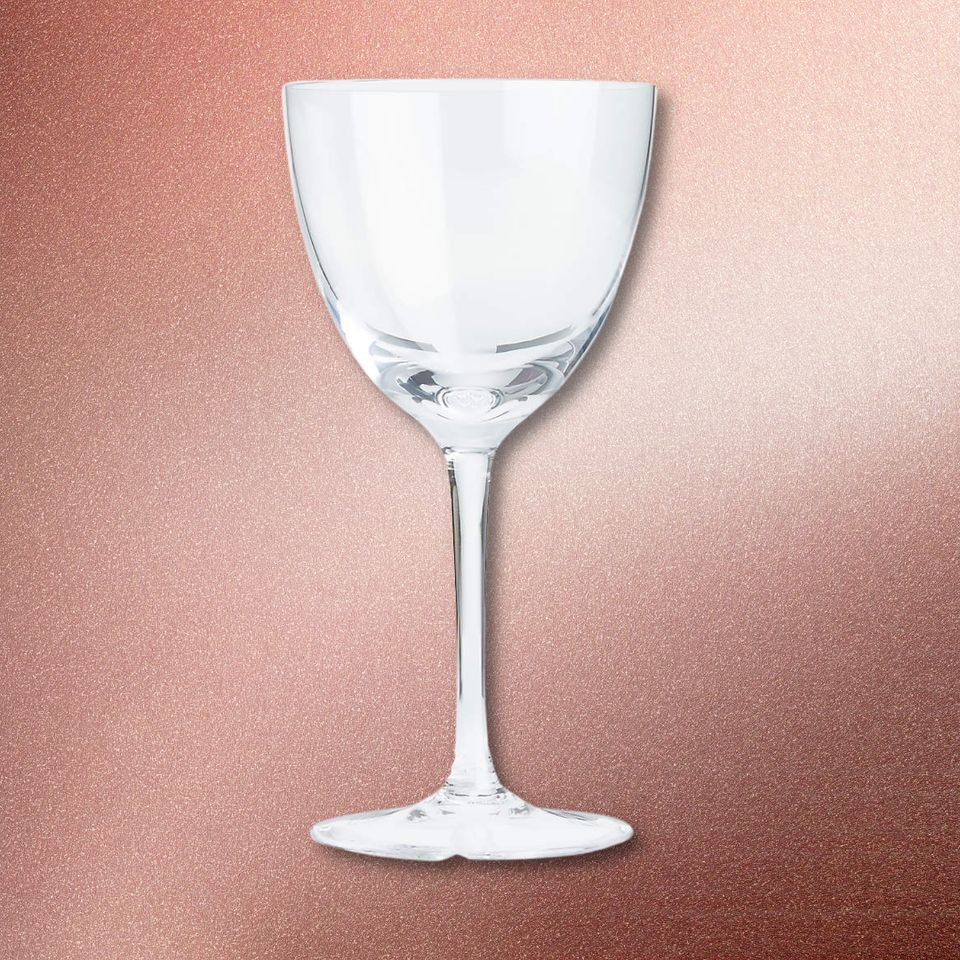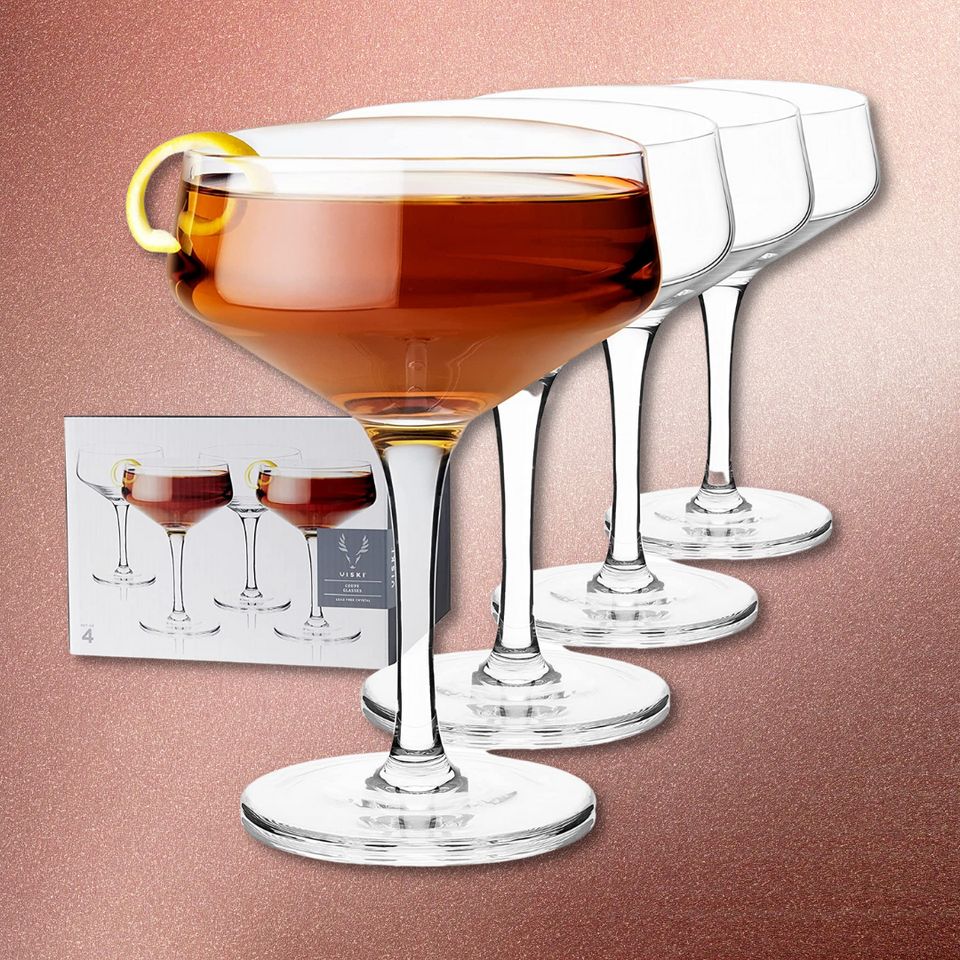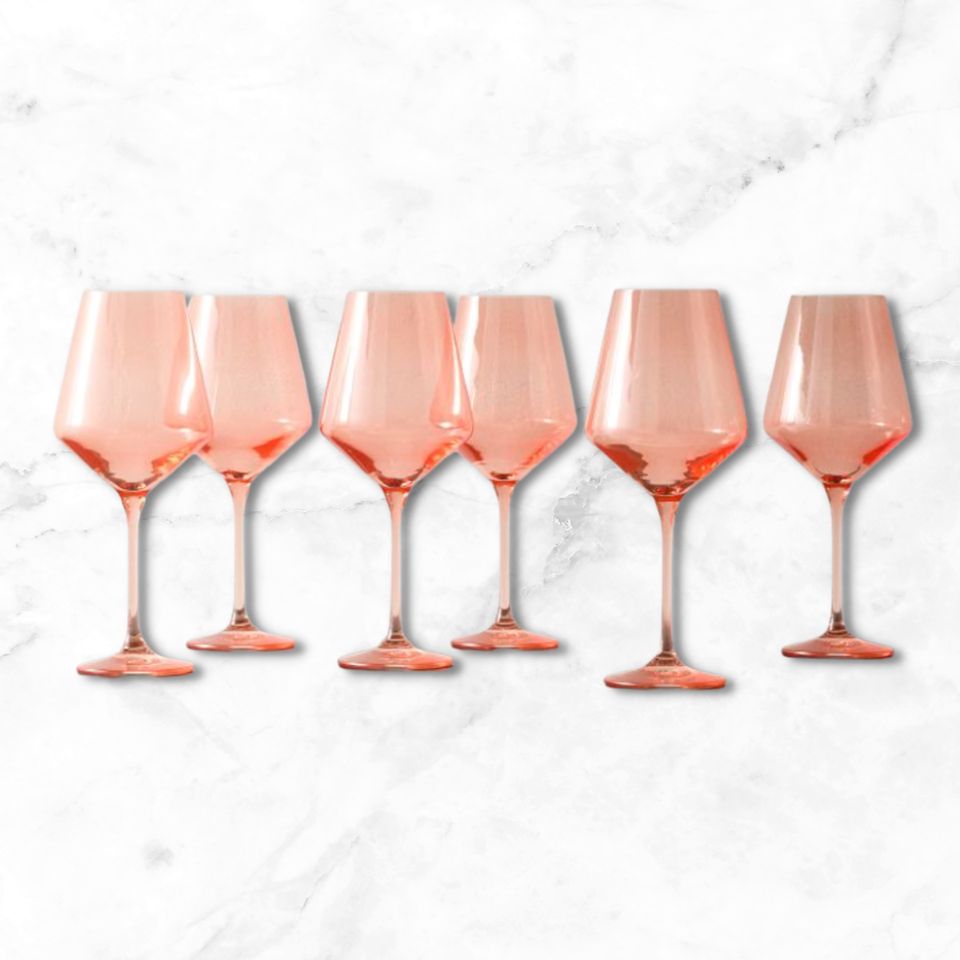
From the espresso martini to the Dirty Shirley, plenty of delicious cocktails have vied for the “drink of the summer” title over the years. And then of course there’s the classic Aperol spritz, which has become a staple of the warm weather months.
But this year another type of spritz might be coming for that bitter orange aperitif’s crown: the Hugo.
Experts in the food and beverage world and social media sphere have hailed this refreshing cocktail as the latest “it” drink. But how new is the Hugo and does it live up to the hype? Here’s what you should know.
What is a Hugo?
“The Hugo cocktail falls into the category of a spritz,” Rysse Goldfarb, a cocktail expert and founder of Mommy Mixology, told HuffPost. “It is bubbly, low alcohol by volume, and wine-based. Most frequently served over ice in a wine glass, it is made with elderflower liqueur, prosecco, soda water and fresh mint.”
In addition to fresh mint leaves, you can also garnish a Hugo with lime slices or wedges. And some recipes include a dash of gin.
“While it is technically an aperitif, and intended to be sipped on before a meal, it is easily enjoyed at anytime, especially dining al fresco in warmer months,” Goldfarb said.
The most popular elderflower liqueur is the French brand St-Germain, which is made with hand-picked elderflower blossoms and contains 20% ABV. You might consider making your Hugo with a non-alcoholic option like elderflower cordial or syrup, as well.
“Most bartenders and consumers are more familiar with elderflower liqueurs, like St-Germain, but you could also use something like Belvoir elderflower soda,” said Lynnette Marrero, chief mixologist at Delola and co-founder of the speed bartending competition, Speed Rack. “The floral elderflower cordial is often made locally by allowing the elderflowers and sugar to ferment in the sun.”
Regardless of your specific ingredient choices, the result should be a perfectly light and balanced combination of flavors.
“This light, refreshing, vibrant and effervescent cocktail first hits you with a perfume of florals as well as mint that dances with the fizzy honeysuckle note from the prosecco,” said Joseph Fredrickson, national board director of the United States Bartender Guild. “On the palate, you get a hit of semi-sweet elderflower and lemongrass, tamed with a refreshing finish. This carbonated concoction is a perfect pairing for a warm summer day, basking in the sun with loved ones.”
Where did it come from?
“The Hugo can be traced back to around 2005 on the Austrian-Italian border,” said bartender Calliope Draper.
Most people credit bartender Roland Gruber (also known by his artist name A.K.) with the invention of the cocktail at his bar San Zeno in the northern Italian commune of Naturns in South Tyrol.
“The original was made with the mixture of prosecco, a bit of soda, fresh mint and a splash of lemon balm syrup,” explained Bradley Thomas Stephens, co-owner of the cocktail bar Cereus PDX and education chair at the United States Bartenders’ Guild. “Inspired by the legacy spritz drink known as the white spritz aka spritz liscio, the Hugo spritz embraces the freshness of mint and citrus, and prosecco and carbonated water.”
Since the aughts, the Hugo spritz variation has quickly spread across Europe to become a staple in its aperitif culture. And given its Italian roots, the name is technically pronounced like “Ugo.”
“Overseas you are likely find quite a few people enjoying a Hugo anywhere in Italy, Austria, Germany and elsewhere,” Stephens said. “It’s even found in some areas as a canned ready-to-drink beverage that would make most people forget about American canned seltzers after their first sip.”
How does it compare to other spritzes?
When you think of a summer spritz, odds are your mind goes to the iconic orange beverage over ice ― the Aperol spritz.
“The Hugo doesn’t have the bitterness you will find in Aperol spritz or Campari spritz, nor the bright orange citrus notes,” said Camille Vidal, creator of Mindful Cocktails. “Rather there’s a floral, citrusy, minty lightness.”
Still, she noted that these spritz drinks are all in the same “family,” however, with their composition of liqueur, sparkling wine and sparkling water.
“The Hugo spritz is a bit unique within the spritz world,” Draper said. “Often other spritzes focus on more bitter profiles while the Hugo goes a more sweet and floral route. This can make it a lot less intimidating for many folks. Going the more bitter route isn’t always for everyone, and the Hugo provides a great alternative to some bolder flavors that some folks may not enjoy.”
They touted the sense of familiarity in the combination of mint, elderflower, prosecco and soda water in contrast to the intrigue and mystery of bitter spritz ingredients. The Hugo makes for a simple-feeling, easy-to-sip cocktail.
“An Aperol spritz can be more of an acquired taste compared to something with more of a fruit-forward, floral, balanced flavor profile like the Hugo,” added Earlecia Gibb, a North American brand ambassador with St-Germain. “It doesn’t have that strong aftertaste and can tap into a range of different flavor profiles.”
The clear hue also feels a little gentler and less artificial than that bright orange drink.
“There is no color to the Hugo, so the fresh mint gets a starring role,” Goldfarb said. “St-Germain is beloved everywhere and is commonly referred to as ‘bartenders’ ketchup’ due to its versatility and drinkability!”
Why is it getting so popular?
If you feel like the Hugo is suddenly popping up in corners of the internet and physical spaces beyond the confines of European aperitif culture, you’re not alone.
“Now we’re seeing it on TikTok and social media ― people making videos about Hugo spritzes and how to make them,” Gibb said. “I think in the past couple of years, the spritz category as a whole has really taken off, especially in North America.”
She credited the return to international travel and desire for social rituals after the peak of the COVID pandemic for putting the Hugo on the map.
“A lot of people have been traveling to Europe ― especially to Italy and France, where it’s very much the culture for people to sip on spritzes all day,” Gibb explained. “So travelers are getting exposed to aperitif culture and seeing different options and variations of spritzes on the menu. Shows like ‘The White Lotus’ have also sparked interest in that region of the world.”
“And I think the low-ABV drinking culture has really spread like wildfire,” she added.
Indeed, many people are becoming increasingly cognizant and intentional about the amount of alcohol they consume. Non-alcoholic and low-ABV cocktails ― like the Hugo and other popular aperitifs ― fit nicely with this shift.
“We seek out low-ABV cocktails when the temperatures start rising and we are craving something light and refreshing, rather than heavy and boozy,” Goldfarb noted. “The Hugo can’t be beat for day drinking with friends. You can have a few and, because it is so low proof, not be drunk!”
She explained that the light, bright cocktail goes well with pretty much any type of food and plays into another culinary trend.
“Using fresh ingredients, like fresh mint, feels very of-the-moment as people are leaning away from artificial ingredients,” Goldfarb added. “Genuine, straight-from-the-garden herbs elevate any cocktail, but are an essential part of the Hugo.”
The summer cocktail also mixes attainability and aspiration.
“It’s the sort of cocktail that once one goes out onto the floor you can expect a lot of people asking what it was and ordering one,” Draper said. “Its rise in popularity comes from a few different factors, but its simplicity is key because it can be made at home with easily accessible ingredients.”
No fancy techniques or tools are even required ― just a straightforward succession of ingredients with a quick stir to combine. You can buy all of the components at your local liquor store or supermarket, and it’s easy to prepare large batches.
“I think we’re going to continue to see different variations of the Hugo spritz,” Gibb predicted. “With the herb for example, you can switch out the mint for basil. You can play with different sparkling wines to pair with elderflower liqueur’s notes of citrus, honeysuckle or stone fruits. There are so many fun variations on this template.”
Want to stock up on beautiful cocktail glasses? Choose from our picks below.
HuffPost may receive a share from purchases made via links on this page. Every item is independently selected by the HuffPost Shopping team. Prices and availability are subject to change.
This set comes with four durable 12-ounce glasses that are perfect for cocktails, spirits and mocktails.
These stemmed wine glasses come in a set of four and feature a cylindrical body to show off white, red and sparkling wines. Each one is made from lead-free crystal.
This 8-ounce glass is a mix between a martini glass and a coupe glass. It's named after the iconic couple Nick and Nora from Dashiell Hamett's 1934 novel "The Thin Man."
Nothing's more refreshing than a Moscow mule and these handmade 16-ounce copper mugs are perfect for them. They feature a matte black exterior and copper interior.
Ideal for drinks with large and small ice cubes, these 10-ounce highball glasses are great for Manhattans, daiquiris, sours and old fashioneds.
A coupe glass is an essential piece of glassware for any bar cart and it's versatile enough to use for multiple cocktails. This version takes a refined approach to the classic style and features angled facets where the stem meets the bowl.
